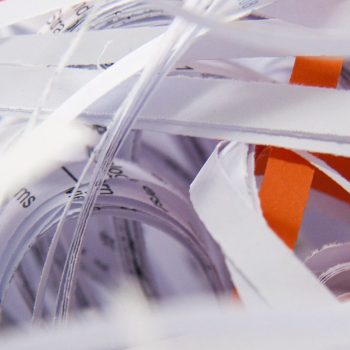
Your invoices will soon look different
From now on, the Flemish government will only be accepting electronic invoices. The federal and local governments are looking to quickly follow suit. So will invoices soon look different in your company? Electronic invoicing is more secure, more efficient and makes things less monotonous for your staff. What’s more, you can integrate them completely into your other business software.
“Electronic invoicing is the transmission, receipt and storage of invoices in electronic format without the use of paper invoices for tax compliance or evidence purposes. Scanning incoming paper invoices, or exchanging electronic invoice messages in parallel to paper-based originals is not electronic invoicing from a legal perspective.”
– TrustWeaver
More than just a scanned document
The most common purpose of an invoice is to serve as evidence that a purchase has taken place between two companies. Nothing will change about that. What will change, however, is the format. An e-invoice is not a scanned version of a paper document, nor is it a Word file. Other software can’t do much with those. An e-invoice is a fully digital document that sends a variety of data in XML format. It contains information that software can read without a problem. With some software (such as Ex Arte), you can send an image as well, so documents can also be easily opened and read by people.
Why has the government gone digital
The invoice is also a way for the government to levy tax on added value. That’s why it is so keen to move to digital documents. At the moment, companies are free to invoice each other and the tax authority only carries out checks afterwards. In some European countries, the government requires a digital copy of any invoice that is issued by one company to another. That means tax authority checks can be carried out almost in real time, fewer tax inspectors are needed and fraud can be tackled more efficiently.
Gains for business
In future, we could well see the government requesting company documents such as payslips and insurance certificates directly. It might seem like a big step for your business at first, but digitalising and eventually automating your piles of paperwork brings with it a host of benefits. In fact, it marks the ideal first step of a broader digitalisation project. You can start digitalising documents on a small scale to allow your staff to get used to things gradually. Doing nothing is the worst thing you can. Digitalisation is all around us and it’s only going to get bigger.
To keep up with documents sent, received or approved, use the e-Platform from Ex Arte. It automatically keeps track of all the different formats, suppliers and status of documents. In other words, no more annoying, repetitive and costly administrative processes and document flows.
